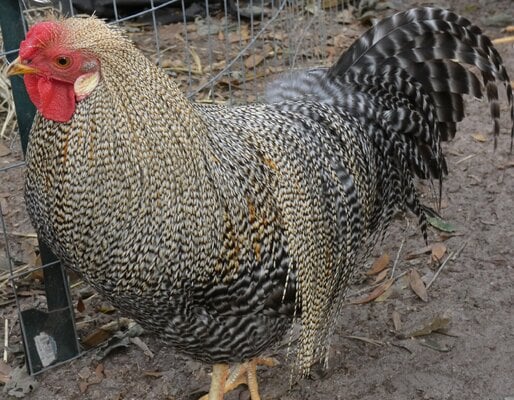- Thread starter
- #21
Chocoboko
Chirping
Sorry I'm late coming back to this but for the life of me I couldn't remember who I had heard it about and had to do a search. Pretty sure it was referring to Dr. Tom Whiting when he started breeding his own line of genetic hackles specifically for his fly-tying business. I believe the point was not to create hookless feathers but splits to introduce the gene to soften the feathers of his birds and make them more supple to create the fly ties.I don't believe Silkies were ever a part of the Genetic Hackle breeding program. The Silkie gene being recessive, it either makes completely hookless feathering or splits with completely normal feathering.
But my Genetic Hackle show an in-between state. It's like the hooks come apart very easy. But they can still groom or settle them smooth. So it seems like a different genetic basis.





